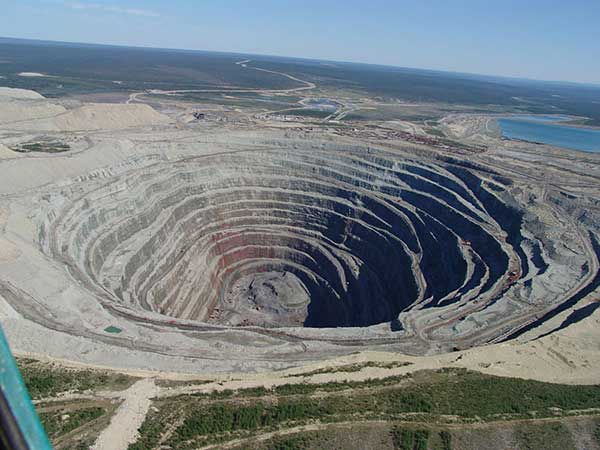
In the second of a series on commodities that shaped the world, Simon Basketter looks at how brutal imperialist bosses turned useless rocks into a lucrative market.
Diamonds aren't rare or special—and hopefully the brutal exploitation that produces them won't be with us forever.
Since large amounts were discovered in South Africa a century ago, bosses have had to go to surprising lengths to keep their prices high. Cecil Rhodes arrived in South Africa from Britain in 1870. He moved to Kimberley where diamonds had been discovered in large quantities. Rhodes' "skill" was to recognise that the way to maximise the chances of finding diamonds was to buy up lots of land.
Growing capitalist competition increased the pressure on Britain to directly take over regions rather than influence local rulers. This imperialist land grab matched the needs of de Beers.

Labour
The firm had a critical shortage of black labour. Rhodes once said, "I prefer land to niggers." But he couldn't dig diamonds out of the ground without workers. Seizing land through war broke resistance to working in the mines. It was a brutal process.
Price
De Beers set up the Diamond Trading Company, which would only sell diamonds to a small group of suppliers. Buyers would come to London to see boxes of diamonds that they could buy at a set price. This had the advantage of fixing prices and, as they were sold by the box, different quality diamonds could be off-loaded at one time.
Influx
When de Beers had an influx of Russian diamonds, it came up with the idea of a ten-year anniversary ring. Then they created eternity rings and three stone rings to deal with the fact that there were fewer marriages.
For more information, please visit: http://www.iabrasive.com/articles.